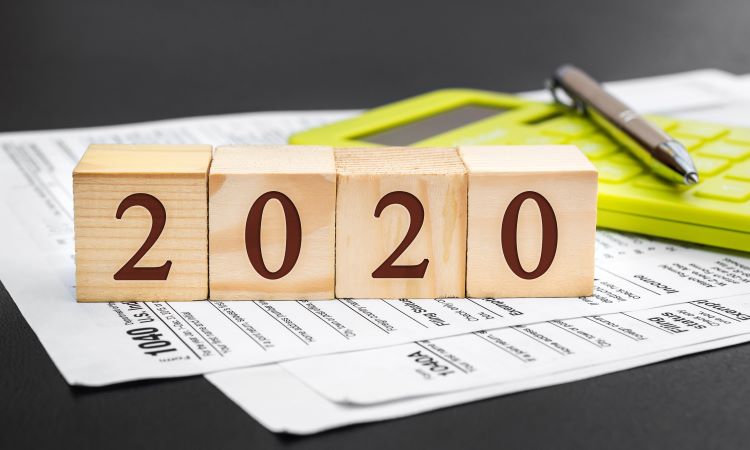Last Chance to Claim Tax Year 2020 Refunds

The IRS has announced that the nearly 940,000 taxpayers who have unclaimed tax refunds for the tax year 2020 have until May 17, 2024, to submit their returns. It is estimated that more than $1 billion in refunds is as yet unclaimed, with an average median refund of $932.
Generally, taxpayers have a three-year window in which to claim refunds, which usually falls around the April filing deadline. In 2021, however, the tax deadline was extended until May 17 due to the COVID-19 pandemic, thus providing an advantage this year. Since the filing deadline was extended in 2021, the three-year window for 2020 unfiled returns also now extends to May 17, giving taxpayers even more time to file and claim their refunds.
Returns for tax year 2020 were due during the COVID-19 pandemic, a time when many people faced unusual or stressful situations. Taxpayers may have overlooked completing their tax return or forgotten to claim their refund. Vulnerable taxpayers include students, part-time workers, and low-income earners, all of whom may have inadvertently forgotten to file their tax refund without realizing they were owed one.
It’s not just refunds at stake; the refund estimates don’t include the Recovery Rebate Credit or other credits that may still be applicable. Low and moderate-income workers may also be eligible for the Earned Income Tax Credit (EITC), which was worth as much as $6,600 in 2020. This credit helps individuals and families who have incomes below a certain threshold. Those limits in 2020 were:
- $50,594 ($56,844 if married filing jointly) for those with three or more qualifying children
- $47,440 ($53,330 if married filing jointly) for people with two qualifying children
- $41,756 ($47,646 if married filing jointly) for those with one qualifying child
- $15,820 ($21,710 if married filing jointly) for people without qualifying children.
As a reminder, your 2020 tax refund may be held if you haven’t filed tax returns for 2021 and 2022, so it’s important to take care of those items. Also, any potential refund will be applied to outstanding amounts owed to the IRS or state agencies and could be used to offset other debts, such as unpaid child support or student loans.
The IRS has estimated how many people in each state may be entitled to a refund (the actual amount, however, will be based on your individual tax situation).
- New Jersey: 24,400 estimated taxpayers ($27,408,300 in total potential refunds, with a median refund of $920)
- New York: 51,400 estimated taxpayers ($60,837,400 in total potential refunds, with a median refund of $1,029)
- Pennsylvania: 38,600 estimated taxpayers ($43,412,900 in total potential refunds, with a median refund of $1,031)
CONTACT US
If you have questions about the information outlined above or need assistance with a tax or accounting issue, Klatzkin can help. For additional information, call 609-890-9189 or click here to contact us. We look forward to speaking with you soon.
